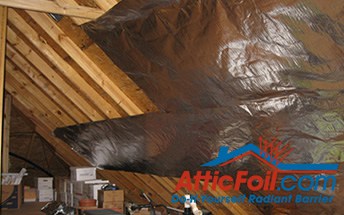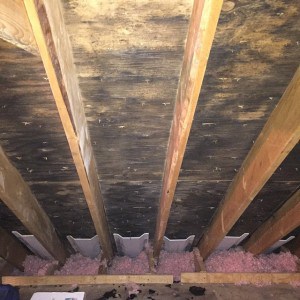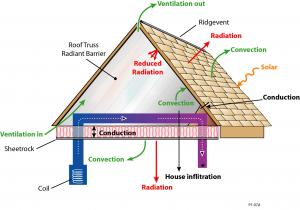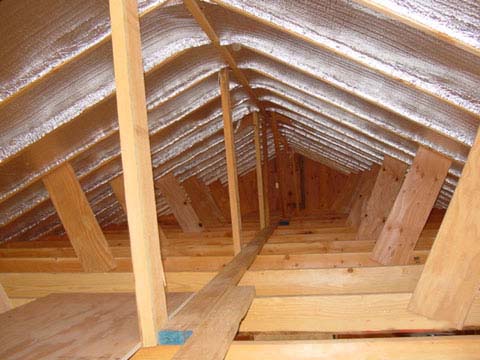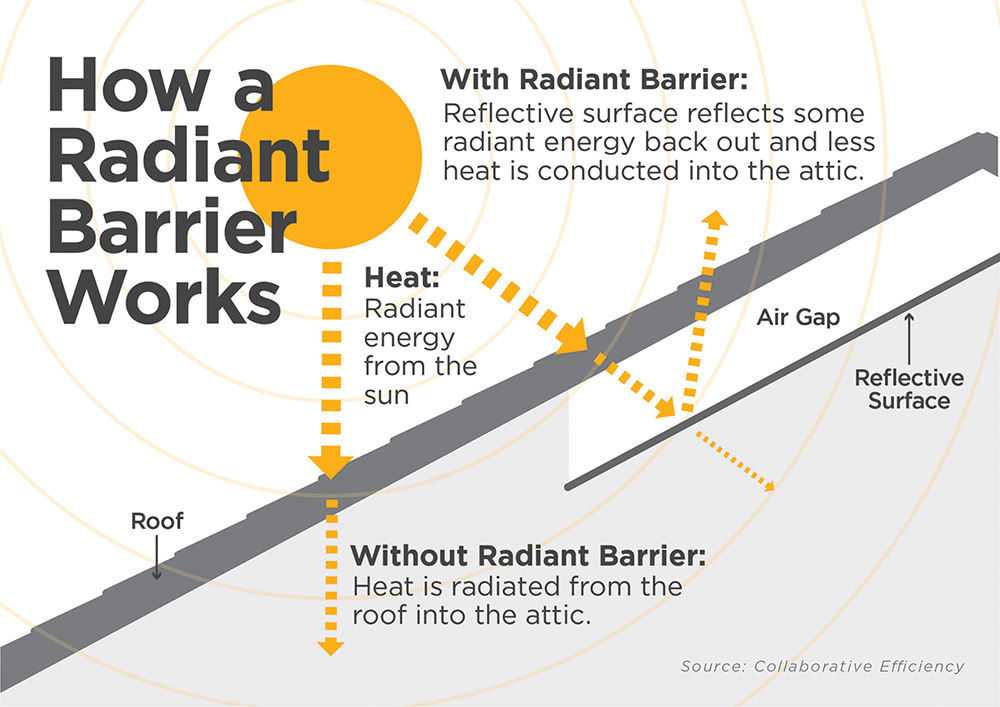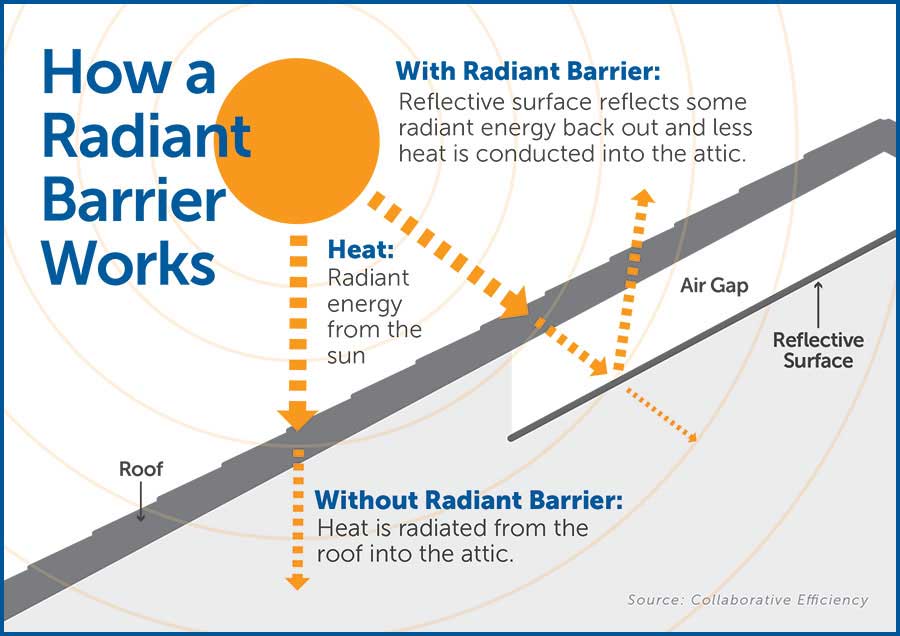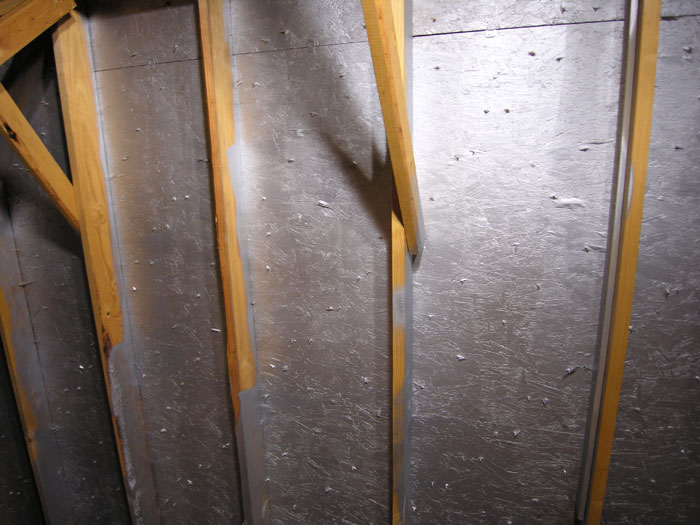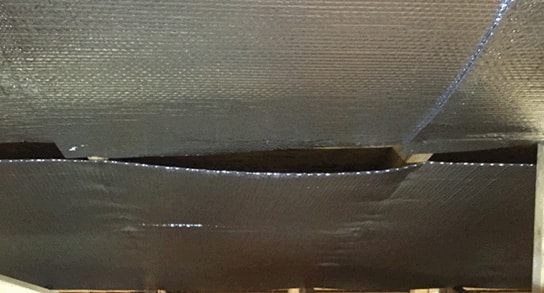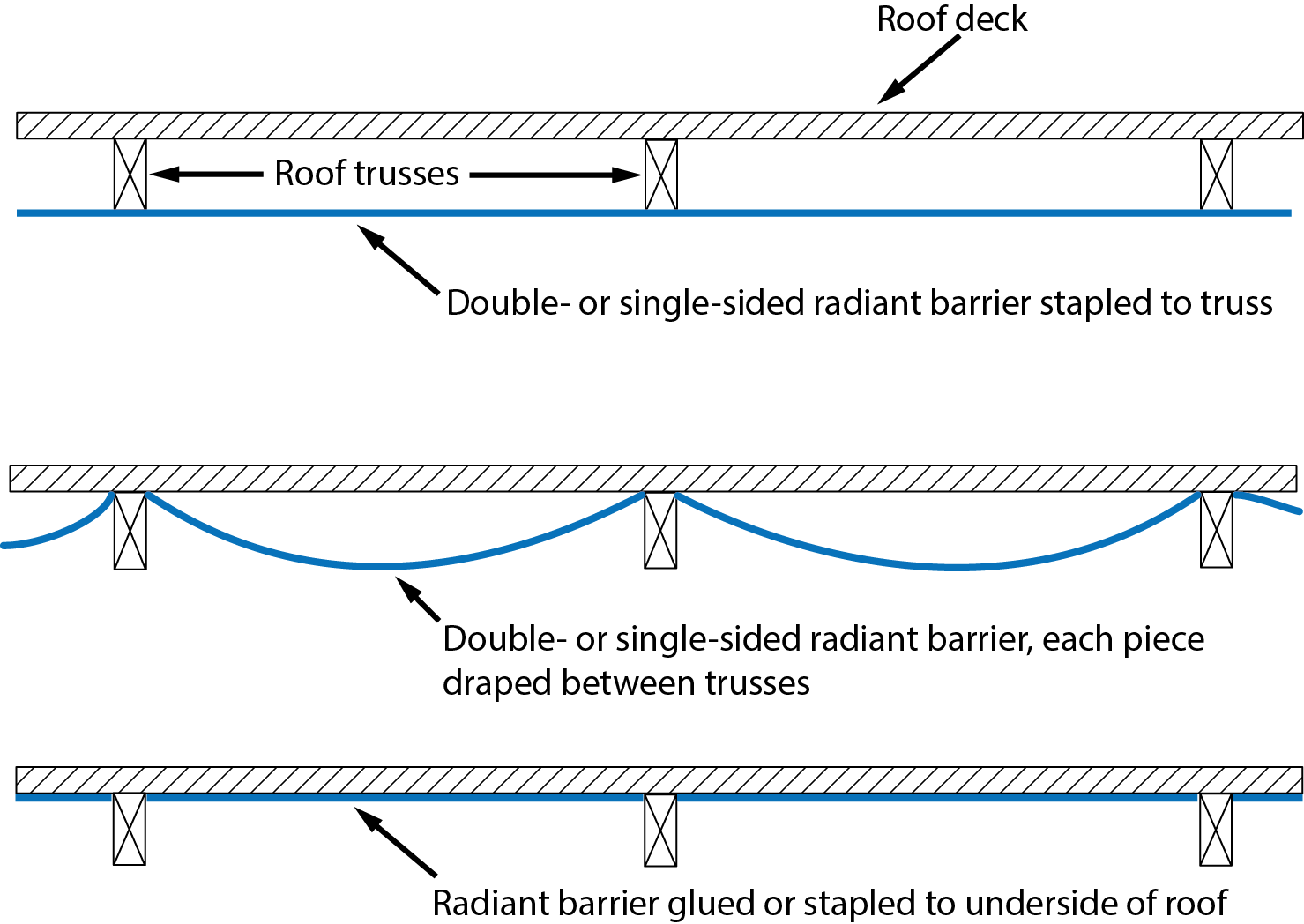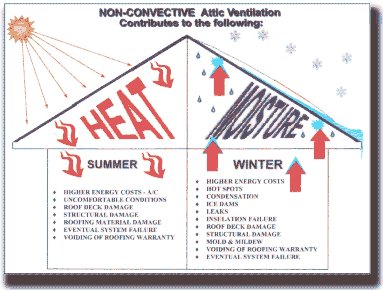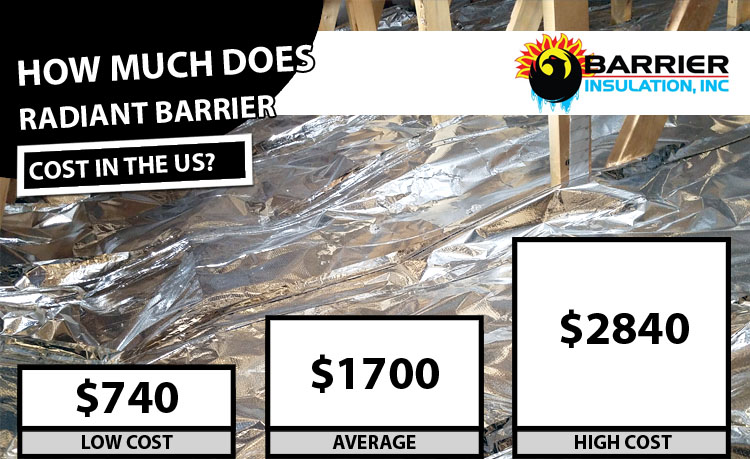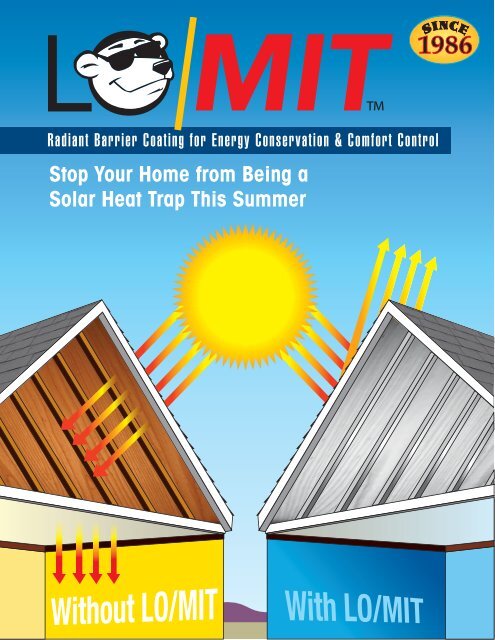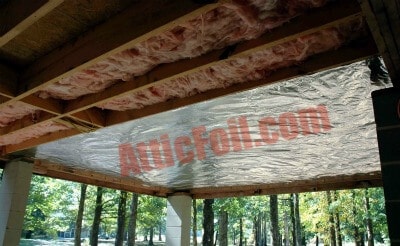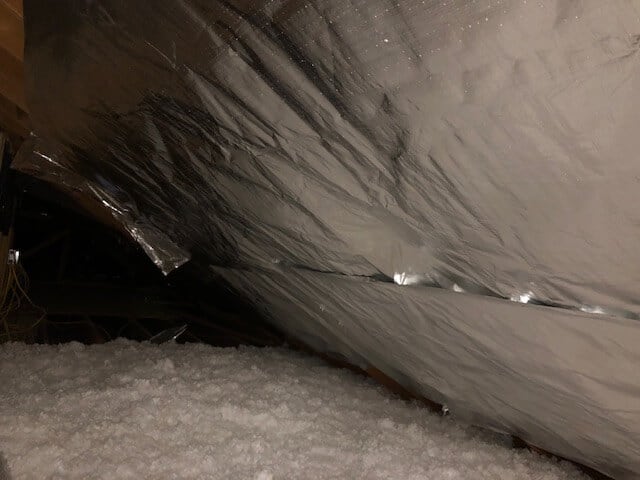Radiant Heat Barrier Attic Shingle Damage
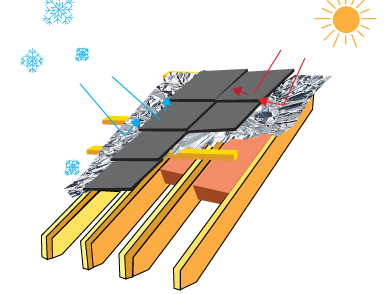
This may seem unbelievable since radiant barriers are sold on the fact that they will reflect 97 of radiant energy away from their surface.
Radiant heat barrier attic shingle damage. Damp insulation may support mold growth and eventually will lose some of its r value. Some studies show that radiant barriers can reduce cooling costs 5 to 10 when used in a warm sunny climate. The bottom of the roof deck will be 20 or 30 degrees lower. The short answer is no damage will occur.
The heat that would normally be absorbed by the insulation is now being bounced back to the roof deck and causing the roof to emit more heat upward rather than both upward and downward. Installing a radiant barrier underneath the roof will cause the roof temperature to increase by a few degrees usually 2 10º. This is not significant enough to cause any damage to shingles. A radiant barrier can lower heat transfer from attics to the building below keep the attic space cooler and lower cooling costs by up to 17 in warmer climates.
In cool climates. Tests have shown that installing a radiant barrier in attics generally only cause the roof and shingles to increase about 2 10 fahrenheit. This is a valid concern based on the concept of what a radiant barrier is designed to do. The reduced heat gain may even allow for a smaller air conditioning system.
A radiant barrier reduces the radiant heat transfer from the underside of the roof to the other surfaces in the attic. It may be an easier way to install radiant barrier but it can trap moisture between itself and the attic floor and cause the insulation to become damp. Will radiant barrier damage my shingles. According to the department of energy installing radiant barrier on the floor of the attic can cause problems.
Roofs with radiant barrier have the potential to lower the temp at night because the radiant barrier prevented the heat loss that would typically occur from the traditional mass insulation on the attic floor rising to heat the roof. The reduced heat gain may even allow for a smaller air conditioning system. During the hot summer the heat of the sun can raise the temperature of the top shingles of the roof to nearly 180 degrees. It is essentially intended to reflect radiant heat away from the attic.
Through the process of infrared radiation the heat from the roof is emitted or radiated into the attic where the insulation absorbs it. Radiant barriers are utilized to reduce summer heat gain in attics and help to improve the efficiency of green building envelopes. Some studies show that radiant barriers can reduce cooling costs 5 to 10 when used in a warm sunny climate.
